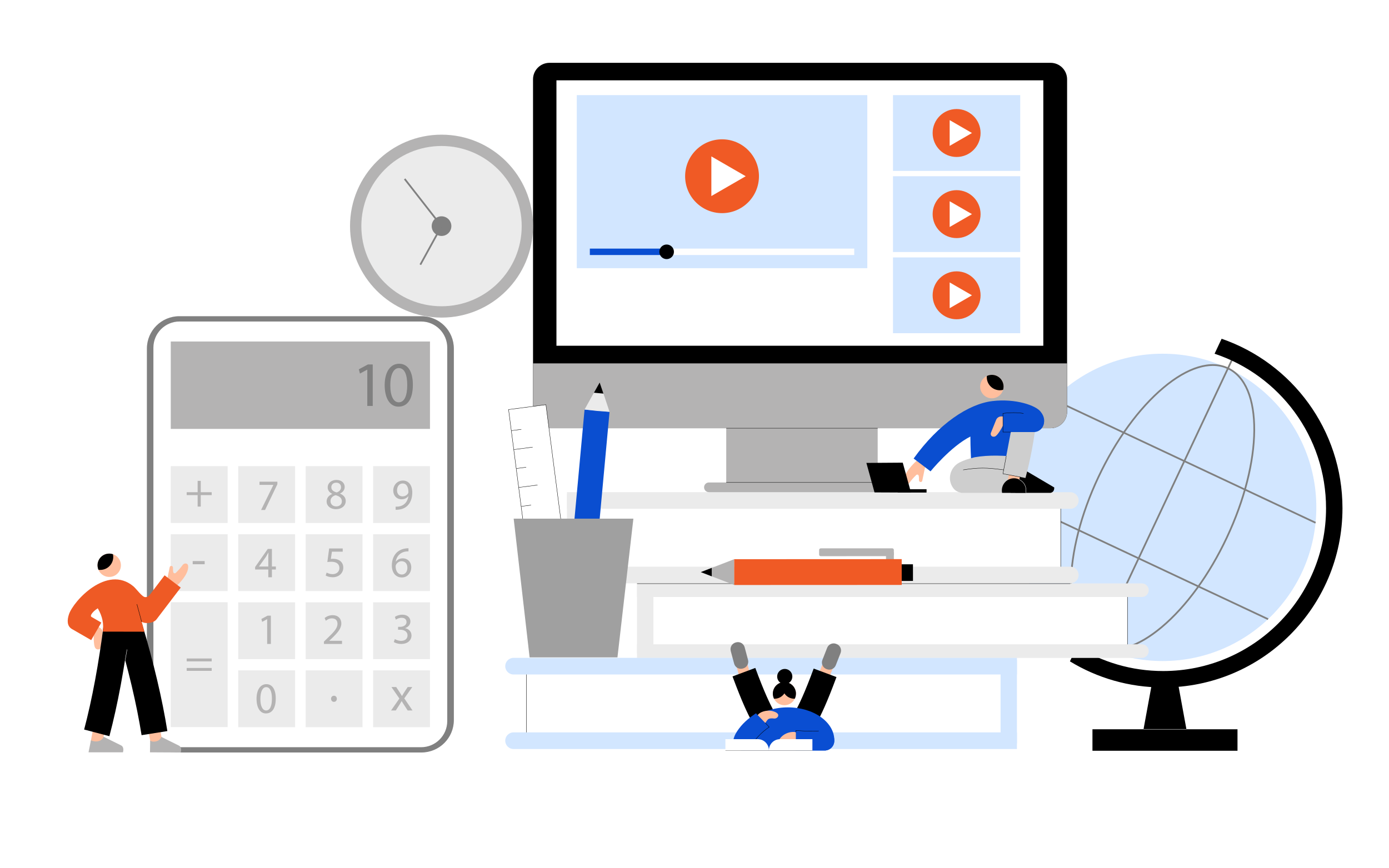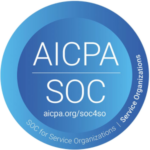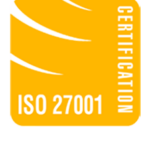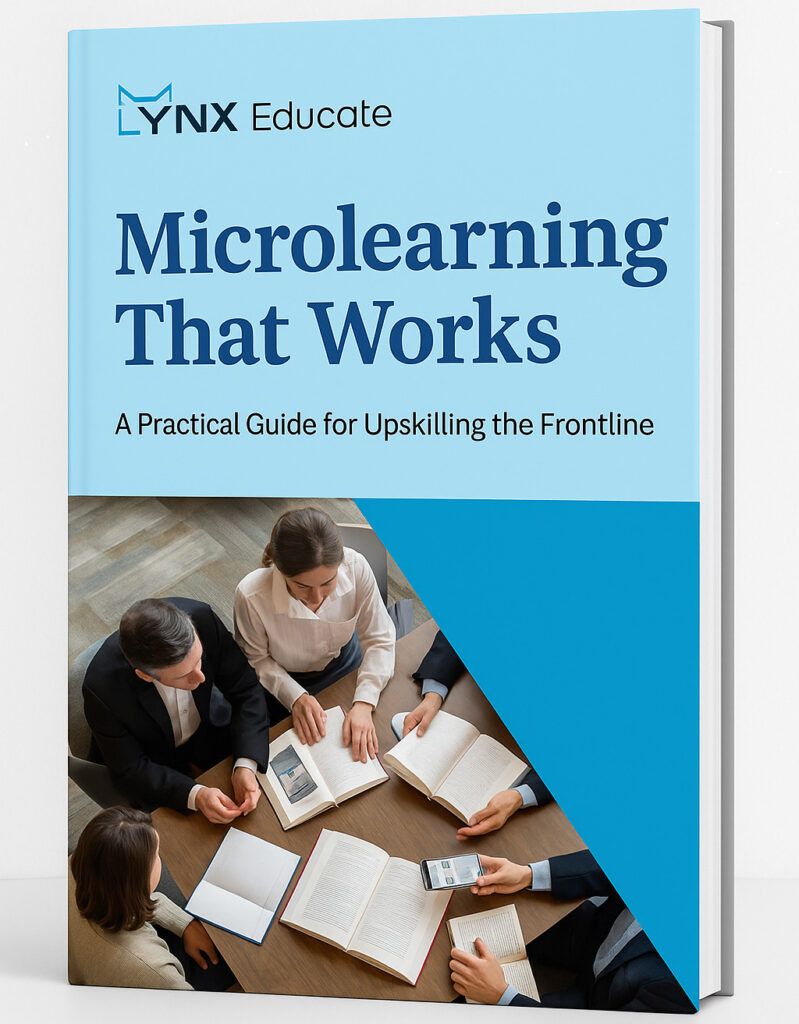The evolution of the global labor environment is creating new opportunities and new challenges for small, medium, and large employers. While technology is opening new ways to interact with and serve clients and customers across a wider geography, it is also facilitating more competition for top talent.
One way that companies are addressing this challenge is through creating learning and development (L&D) programs to help attract, upskill, and retain talent. As L&D professionals embark on developing new programs, they must navigate through a complex web of considerations to ensure effectiveness and relevance in meeting organizational objectives.
Multiple studies have shown that companies who want to deliver better results and become an employer of choice need to go beyond just staying up to date on the latest industry trends or providing employees with reimbursement for the piecemeal completion of programs.
Creating a differentiated and comprehensive learning and development strategy requires:
- Establishing organizational learning goals
- Showing how these learning goals align with and support employer and employee goals
- Ensuring consistent and sufficient investment in L&D
- Fostering a culture of continuous learning, and
- Measuring outcomes with established key performance indicators (KPIs)
As no two employers are identical, the ideal learning and development strategy needs to be created with each employer’s specific needs and resources.
Elements of a comprehensive learning and development strategy
Aligning Learning Programs to Business Goals
All employers are resource-constrained so the funds that go to L&D are funds that cannot be used elsewhere. Effective L&D strategies must integrate with and directly contribute to overarching business objectives. This contribution needs to be measurable in terms of increased revenues or optimizing expenses. Some questions we recommend considering include:
- How well do our current learning programs align with our organizational goals?
- Are we prioritizing skills development that directly contributes to our strategic initiatives?
- What mechanisms do we have in place to regularly assess and adjust our L&D efforts based on evolving business needs? What mechanisms do we have in place to track and monitor participation and satisfaction?
- How can we ensure that our learning initiatives are agile enough to adapt to changing market demands?
- How can we establish the right metrics to judge the effectiveness of L&D programs and investments?
Ensuring Consistent Investment and Involvement in L&D
While rapid technological advancements and market disruptions necessitate continuous workforce reskilling and upskilling, it’s also important to provide a consistent process for employees to access and participate in programs. Learning opportunities need to be provided when and where employees can access it and in the media that best meet their learning goals. Questions we recommend include:
- How are we currently tracking employee skills and skill development?
- How do we identify skills gaps within our organization, and how can we address gaps through targeted reskilling programs?
- Are we using innovative learning technologies and methodologies to provide personalized development opportunities tailored to the career aspirations of employees?
- What mentoring and coaching programs do we have in place to support the professional growth of our high-potential employees?
- How can we promote learning and development opportunities that exist within our organization?
- How can we encourage employees to take ownership of their learning journey and embrace lifelong learning?
- What partnerships or collaborations can we explore to access specialized or off-the-shelf training resources and expertise?
Fostering a Culture of Learning
Building a culture where learning is valued, encouraged, and integrated into daily operations is essential for organizational growth. This includes programs to encourage participation and showing how learning new skills leads to new opportunities and advancement. Consider the following questions:
- How can we cultivate a learning mindset across all levels of the organization, from leadership to frontline employees?
- Are we providing sufficient time and resources for employees to engage in learning activities without compromising their day-to-day responsibilities?
- What recognition and reward mechanisms can we implement to celebrate learning achievements and encourage participation?
- How can we foster knowledge sharing and collaboration among employees to enhance learning outcomes?
Measuring and Managing KPI's
L&D is competing for resources with every other team within an organization and needs to clearly show its contribution to the bottom line. It’s important that the metrics used to acquire investments reflect the impact these programs are having on productivity, employee retention, internal mobility, and promotion rates.
- How do we measure the impact of our L&D initiatives on employee engagement, satisfaction, and retention rates?
- What metrics are we currently using to measure our learning and development programs? How do these metrics align with our organizational goals?
- What systems exist in our organization to create or track new metrics?
- How does our L&D offering compare with our competitors?
Conclusion
The global employment landscape is continuously evolving, driven by technological advancements, market dynamics, and shifting workforce expectations. A robust L&D strategy is a powerful tool that employers can use to future proof their business while supporting the long-term development of their employees. A successful L&D strategy will be aligned with business goals, invest in reskilling, foster a culture of learning, and show clear returns to the business. By considering key factors such as organizational goals, employee needs, and emerging trends, professionals can develop impactful L&D strategies that drive business success and foster a culture of continuous learning and growth.
Additional readings:
- Understand the Return on Investment for Corporate Learning (D2L), https://www.d2l.com/blog/understand-the-return-on-investment-for-employee-training/
- How to Build and Implement a Winning L&D Strategy (Continu) https://www.continu.com/blog/learning-and-development-strategy
- The essential components of a successful L&D strategy (McKinsey & Company) https://www.mckinsey.com/capabilities/people-and-organizational-performance/our-insights/the-essential-components-of-a-successful-l-and-d-strategy




